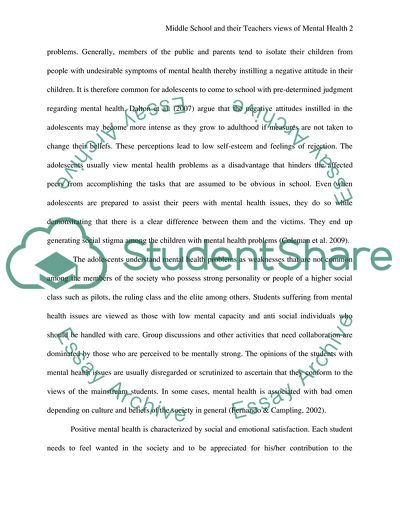Cite this document
(How Middle School Teachers Deal With Mental Health Concerns Essay, n.d.)
How Middle School Teachers Deal With Mental Health Concerns Essay. https://studentshare.org/education/1565060-middle-school-and-their-teachers-views-of-mental-health
How Middle School Teachers Deal With Mental Health Concerns Essay. https://studentshare.org/education/1565060-middle-school-and-their-teachers-views-of-mental-health
(How Middle School Teachers Deal With Mental Health Concerns Essay)
How Middle School Teachers Deal With Mental Health Concerns Essay. https://studentshare.org/education/1565060-middle-school-and-their-teachers-views-of-mental-health.
How Middle School Teachers Deal With Mental Health Concerns Essay. https://studentshare.org/education/1565060-middle-school-and-their-teachers-views-of-mental-health.
“How Middle School Teachers Deal With Mental Health Concerns Essay”. https://studentshare.org/education/1565060-middle-school-and-their-teachers-views-of-mental-health.


